Welcome to the Heart Clinic!
Regular heart health check-ups are an essential part of maintaining a healthy heart, so we offer three comprehensive packages: –
Heart Health Package: This package includes a consultation with a cardiologist, an EKG, and an echocardiogram to provide a comprehensive assessment of your heart health, for only 750 riyals
Cardio Fitness Package: Are you looking for your fitness? Our cardio fitness package includes a doctor’s consultation, cardiogram and stress cardiogram to help you improve your workouts and achieve your fitness goals for only 800 riyals.
Heartbeat Package: Are you concerned about your heart rate? Our heart rate package includes consultation and planning, as well as 24-hour Holter monitoring to help you better understand and manage your heart health for only 1110 riyals.
At The Heart Clinic, we are committed to providing our patients with the highest level of care and support. Our team of experts is dedicated to helping you achieve your heart health goals, live a healthy and happy life today, and take the first step towards a healthy heart
We are waiting for you today. We do not have priority appointment reservations to attend</h4 >
Heart Clinic Appointments
Dr. Bahgat Farag, cardiovascular specialist only Dammam branch 8.30-11.30 in the morning and from 5-10 in the evening
For more information, Dammam Branch
Please call 01384209909




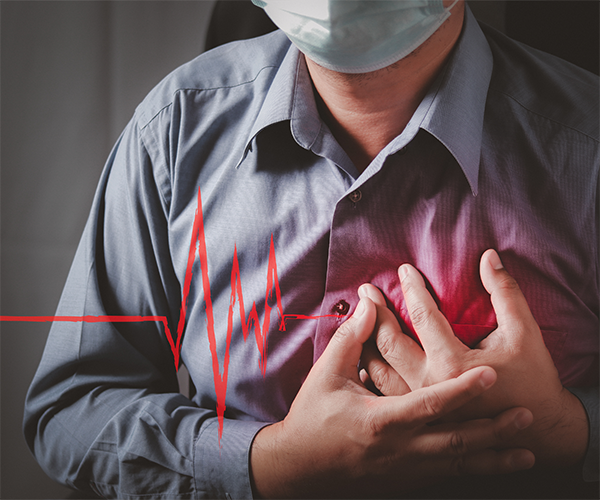


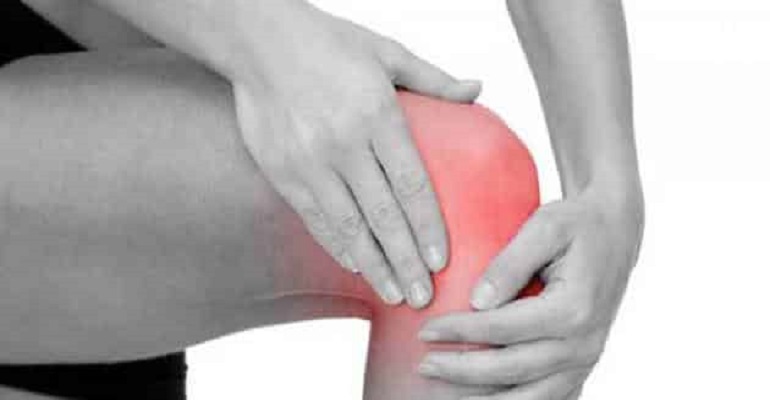
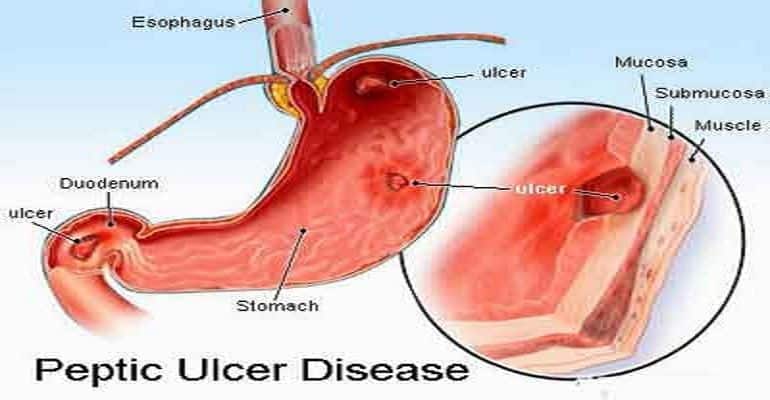
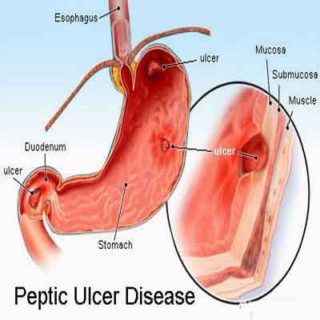
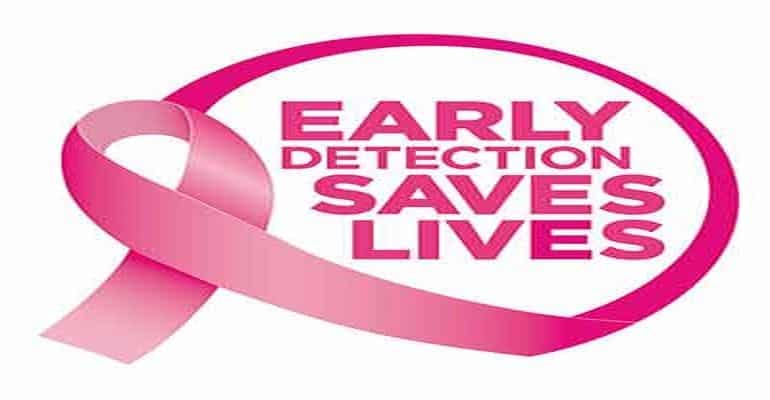
 What is Breast Cancer Screening?
What is Breast Cancer Screening?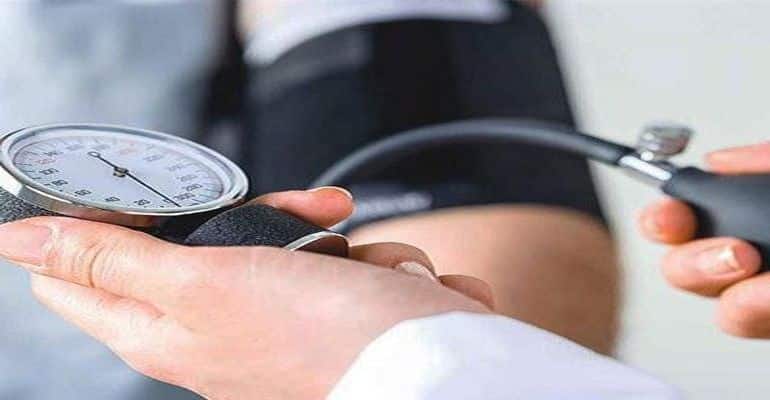
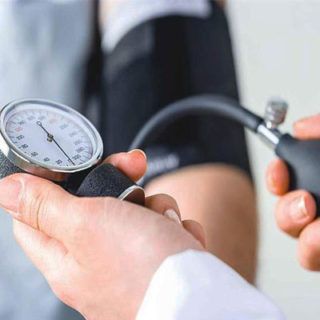 What is the meaning of numerical values?
What is the meaning of numerical values?